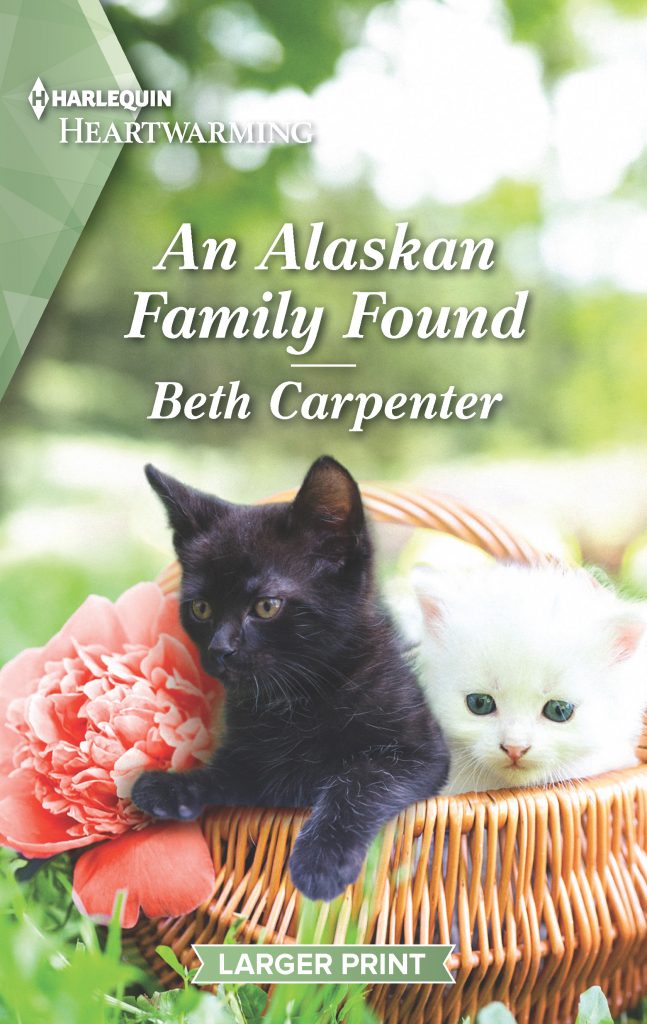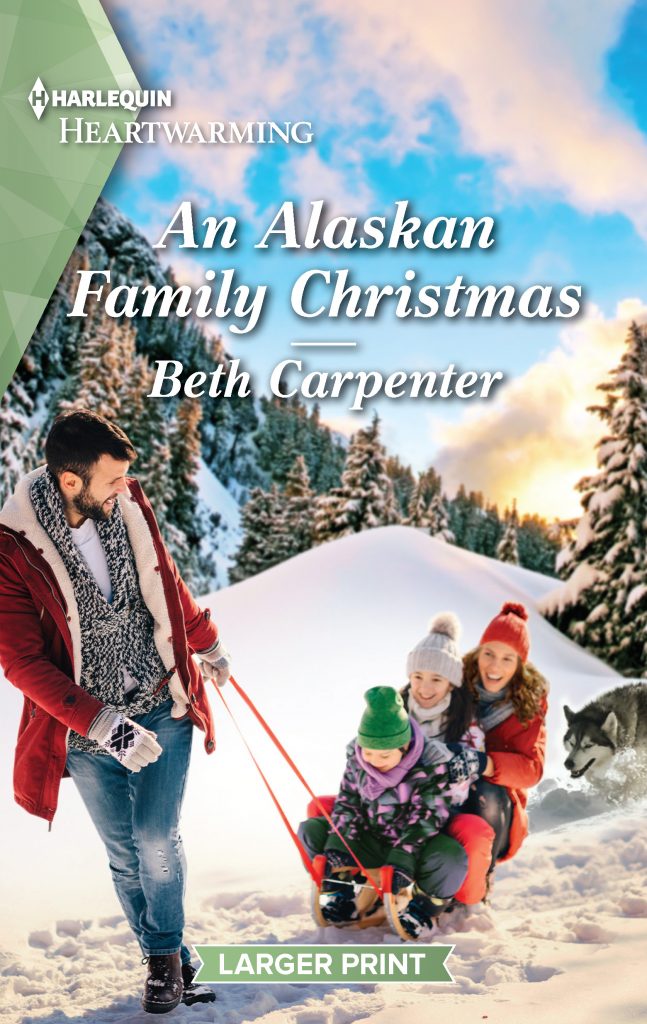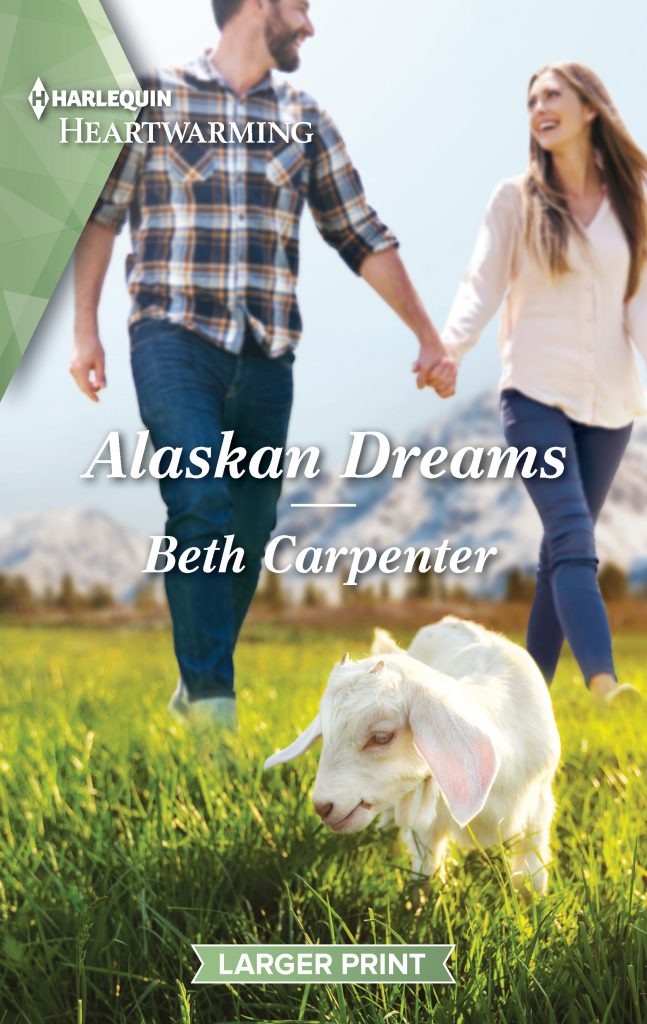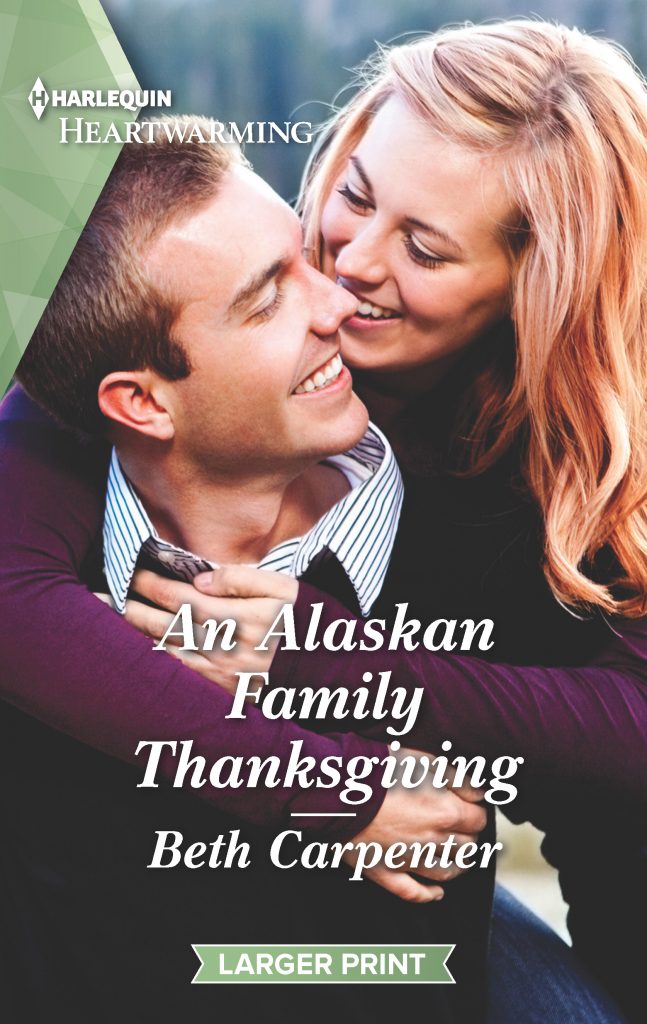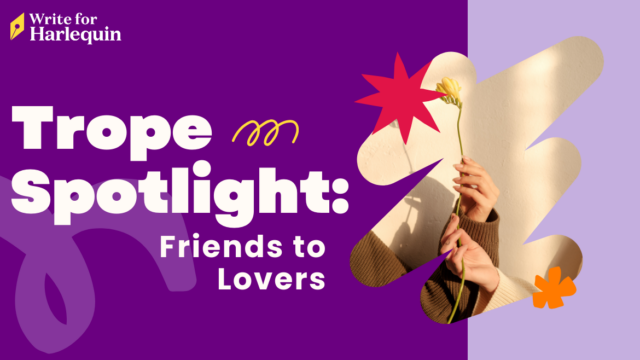
A vivid setting in a romance novel can transport the reader to another world, evoke a mood, and even illuminate characters. We sat down with Harlequin Heartwarming author Beth Carpenter to talk about how she employs setting in her popular A Northern Lights Novel series to bring her stories to life and share her love for her home state of Alaska.
Harlequin: You published your first Northern Lights novel, The Alaskan Catch, in 2017 and the ninth book in the series, An Alaskan Family Found, came out this month. What is it about Alaska that made you want to set a romance series there?
Beth Carpenter: Alaska is my home and I love sharing about life here. I like working in those little “only in Alaska” experiences, like the time our babysitter called and said she would be late because she had to wait for a moose to leave her yard. Sometimes when I catch a glimpse of the sun shining on Mt. Susitna across Cook Inlet, I just have a moment of awe, and I want readers to feel a little of that too. I love Alaska and I hope that comes across in my books.
H: How important is setting in a romance novel?
BC: It varies, I think. In some books, the reader just needs to get the feel of being in a city, or a small town, or an isolated cottage. In this series, setting is crucial. A reader reviewing An Alaskan Family Christmas said, “Alaska is a character,” and I think that’s true of all the books in this series. Without the Alaska peony farm, long summer days, and wildlife, An Alaskan Family Found wouldn’t be the same story. In one scene the group has to make a quick exit when bear cubs invade their picnic—a not-too-unusual situation here.
H: What are some ways beyond describing the scene that an author can bring the setting to life?
BC: I like my characters to experience their surroundings with all their senses. The scent of peonies and lilacs. Breath condensing to form icicles on someone’s eyebrows. The whir of a fishing reel or the roar of whitewater. Dialogue can evoke setting as well. My characters often use local phrases like, “Lower 48” (referring to the 48 contiguous US states) or “the North Slope” (the Prudhoe Bay oilfield on the north coast of Alaska). They eat salmon and moose, and ski or snowshoe in the winter. The type of cars people drive—or don’t drive—where they shop, or how they greet one another can all give a sense of place.
H: Can authors write about a location they’ve never been to, and how should they approach that?
BC: I’ve seen it done well. Reading books written by people who know the area well would be a good start. Web searches with images are a big help. Even for places I have been, I often look for pictures to refresh my memory before I write a scene there. I’d suggest looking for a local who can answer questions and perhaps read over the manuscript to catch little inaccuracies. For instance, people often assume there are pine trees and elk around Anchorage, but no. It’s spruce and moose here.
H: Is there anything I didn’t ask about setting in your books or generally that you would like to add? Any tips for authors?
BC: They say “write what you know,” but I’d add, “write about the places you love.” If the place speaks to you, you’ll find it easier to share it with your readers. And don’t be afraid to mention the less awesome bits, like mosquitoes, dark winters, rainy days. Small town gossip, big city noise, dusty country roads. Little details like that bring your setting to life.
H: A Northern Lights Novel Book 10, An Alaskan Family Thanksgiving, comes out in October. What’s next for you?
BC: I am looking forward to that release. It brings back the Mat Mates who appear in Alaskan Dreams and An Alaskan Homecoming. They’re six octogenarians who get together for yoga, pastries, and problem solving in their own unique style. In this book, they’re working with Sunny, the activities director, and Adam, an executive from a real estate company, to save the senior apartment complex where they live, and possibly do a little matchmaking on the side. I also have a book coming out July 26th,, Kidnapped in Alaska. It’s part of the Inspirational Mountain Rescue Collection, and it’s my first suspense story. It has all the Alaska thrills: white water rafting, float planes, wildlife, a remote log cabin, with some man-made danger thrown in as well.
Beth Carpenter grew up on a farm reading everything she could get her hands on, from cereal boxes to the encyclopedia. Saturday visits to the library were the highlight of her week. Due to motion sickness, she couldn’t read on the school bus so she made up her own stories instead.
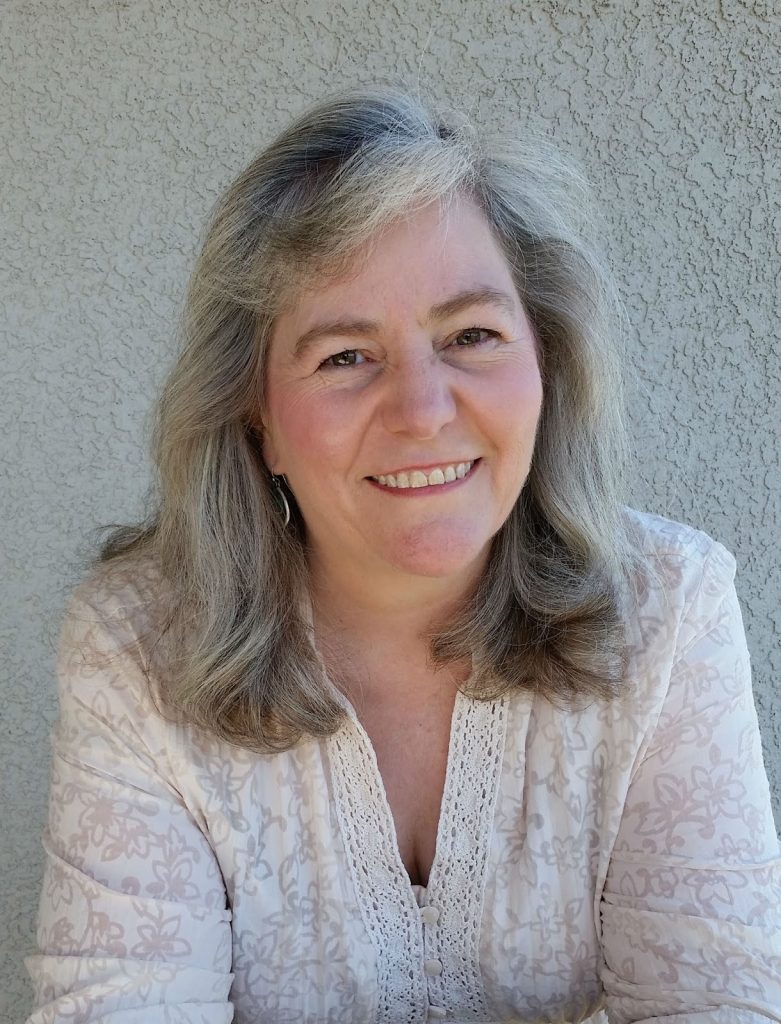
She still consumes books like popcorn and loves to create happy endings for her imaginary friends. She believes dogs, books, and laughter are key to happiness. And dark chocolate. And love. You can find her at bethcarpenterbooks.blogspot.com.


